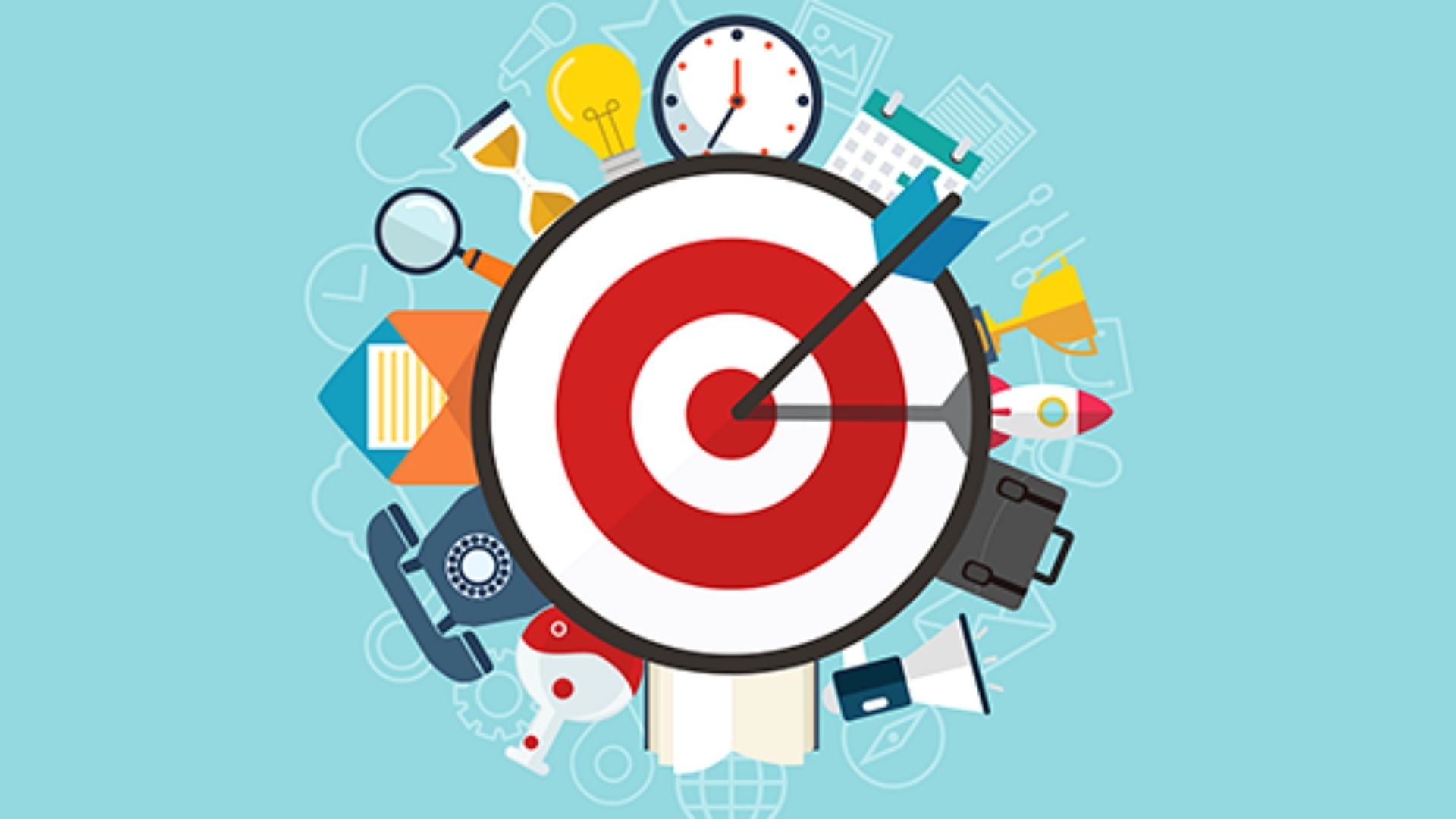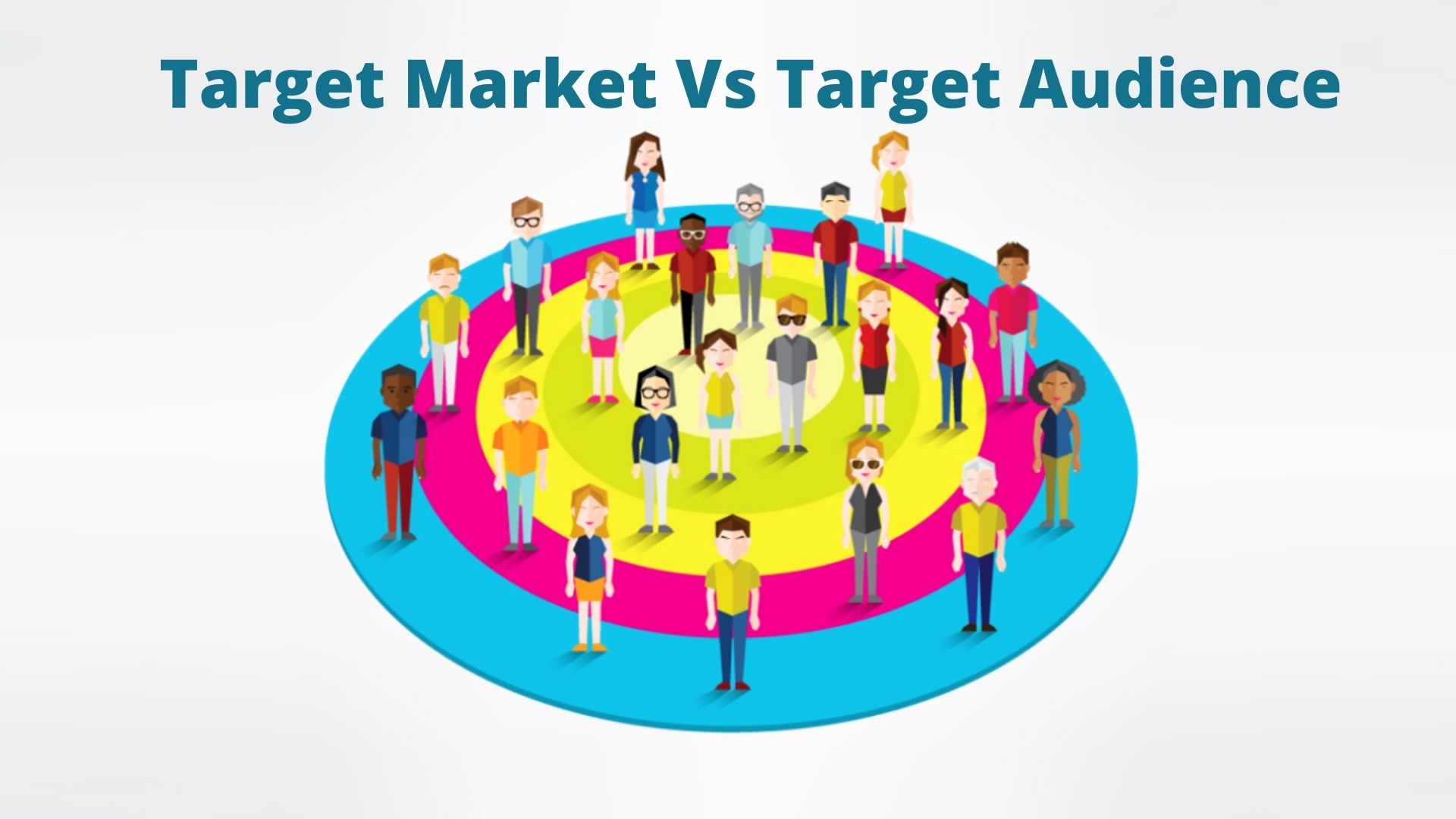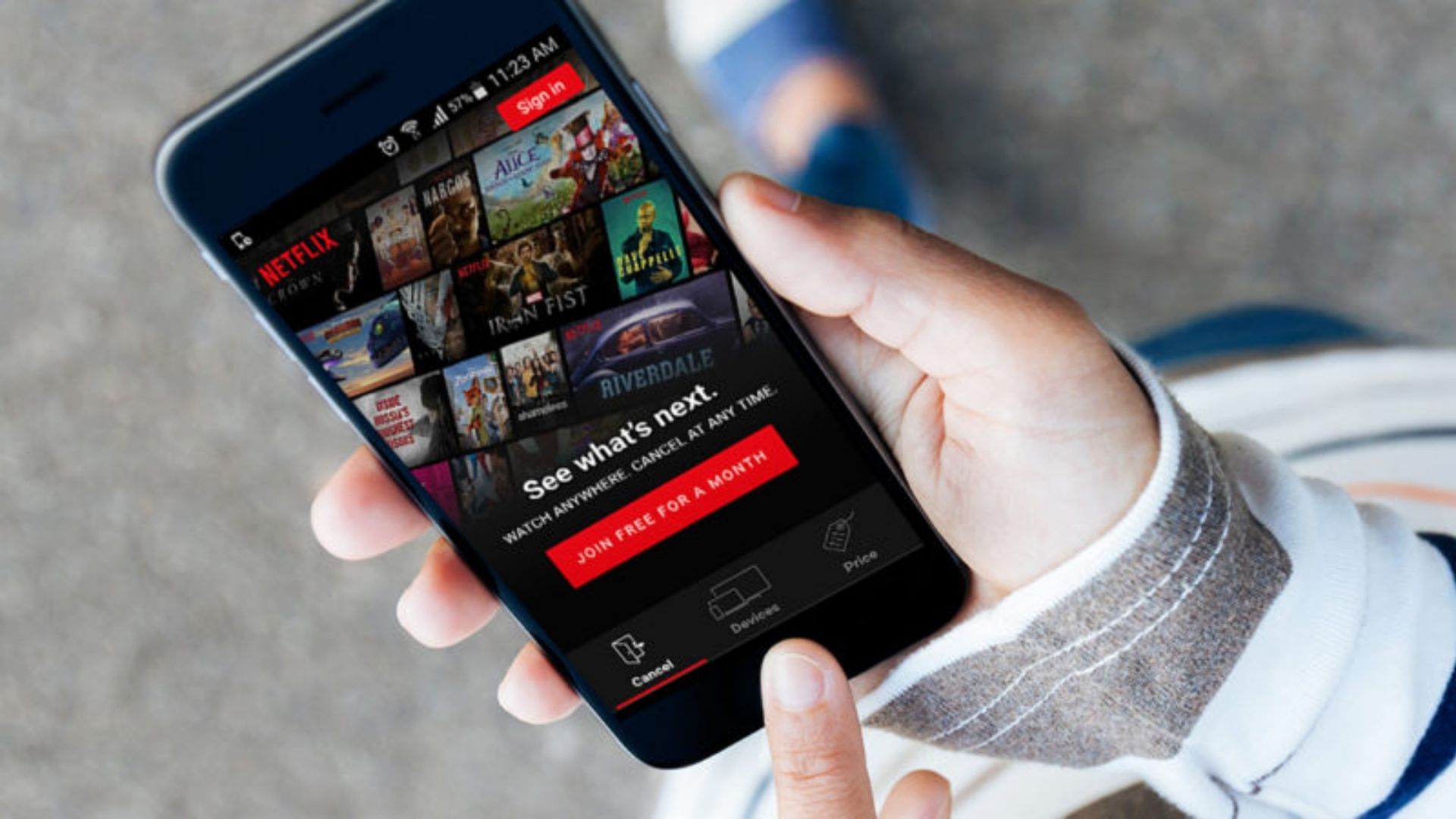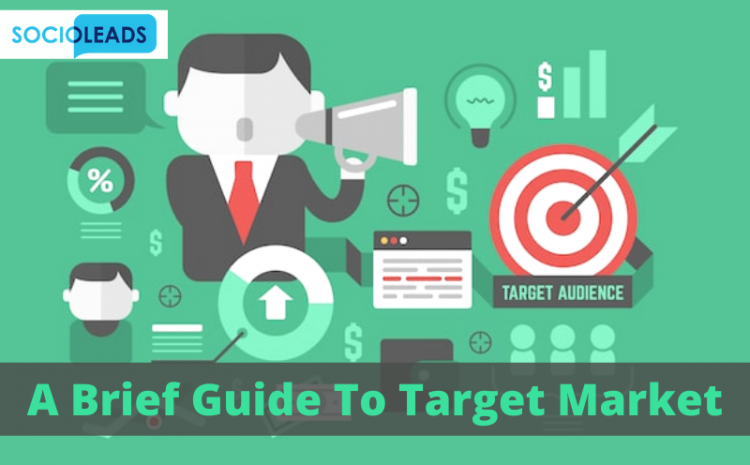A Brief Guide To Target Market With Examples
Every marketer and entrepreneur wants to enhance their reach with their target audience. And to achieve that, they can use analytical tools, which may also help them learn about their target market. Since guesswork isn’t an option, and that’s why marketers put a lot of their investment into gathering resources that lead them to reach their potential customers. But even while making so many efforts, most small and medium enterprises can’t claim success through concentrated marketing.
Do you know the reason why? Of course, it’s due to limited resources. Because of a lack of funds, many startup companies couldn’t be able to reach their sales target. Indeed, there are ways to develop and refine your target market by using segmentation.
But before going any further, first, you should understand:
What Is A Target Market?
Simply saying a target market is a specific group of audience who might be interested in your products and services, and you can target them to convert them into sales prospects. However, applying this concept in marketing is a complicated process, mainly when you target a more expansive group audience for better reach.
To differentiate your potential customer from the rest of the audience, you need to target them based on their behavioral tendencies, geographic location, demographic characteristics, etc.

Target Market vs. Target Audience
Often people get confused between the target market and target audience. Even many veteran marketers often overlap them. However, in reality, both the terms are quite different. The target market is a broad group audience that you can define based on ranges or demographics. On the other hand, the target audience is a narrower market where you only try to contact those who may give a positive reply to your messages. It is a more segmented group of your target market where you are almost sure that the individual is expected to make a purchase.

How To Identify Your Target Market?
Now that you have a basic understanding of what the target market is, the next step is how to identify them. So here we are showing some ways that you can apply to identify and reach your potential customers.
Conduct Market Analysis
To learn more about what is happening in the market, first, you need to analyze whether your products or services are fulfilling customer needs or not. Then, based on that, you could define the focus group of audiences interested in your products or services. It would help you reach the market you want to target and gain a better response from the potential customers. And for that, you also need to optimize your marketing strategies accordingly to bring you better results and conversions.
Track Your Competition
Marketers often evaluate their own marketing performance, which might even help them improve a bit. However, with competitive analysis, marketers can also learn about the areas where they are missing. Competitive analysis can help learn about what’s working best in the market. That way, you would find out what works best in favor of your competition. You may also replicate the same tactic in your own marketing strategies to ensure success in business. It could be even more helpful in learning about the loopholes in your target market that you should fill in. There are also tools in the market which let you check on the competitors’ winning marketing strategies. Using such tools will help you learn about the demographics of the audience, targeting which you can ensure success in your business.
Start From Your Existing Customer Base
Initially, trying too much may not help you a lot. Instead, try focusing on the market that is already within your reach. Even if your current customer base is quite diverse, there could be similarities between their characteristics, likes, and dislikes. If you follow those similar traits and apply them in marketing, it would help you to reach out to those who might be really interested in your products or services. As you would start doing your research on a more granular level, even with the broader customer base, you would be able to find a concentrated group audience whom you can see as end-users of your product or services.
Demographic Gray Areas
Most marketers make this common mistake, where they target only a selective audience. With the smallest demographic box, there isn’t enough space for many potential customers that they can target. For example, if you are targeting the kids’ section, it isn’t necessary that buyers will be kids only. You can even target adults as parents and teenagers. It is essential to segmentize the target audience. However, also make sure to be inclusionary, especially while reaching potentially sensitive demographics.
Criteria To Segment Audience
There are so many options by which you can segment to obtain the target market. You can segment your target audience to ensure conversions based on behavioral characteristics, geographical factors, or other demographics. And also, there is a possibility that you have target audiences under all segments. In that case, it would be great to divide your audience further based on the buyers’ persona. Mainly the most common ways to segment audiences are:
- Age
- Gender
- Income
- Location
- Lifestyle
- Behavior, etc
Target Market Examples
From the above points, you have already got quite an understanding of the target market. Now you must see how the brands utilize it in their marketing strategies to create a specific target audience profile. There are also automation tools like Socioleads using which you maximize interaction with your audience and targeting the market to boost conversions.
SocioLeads is a comprehensive and powerful engagement tool for your brand’s messaging, chat support and social media presence and engagement. Track and guide your prospects through every stage of your funnel. Identify and reinforce weak points to maximize conversion and boost revenue exponentially.
Here we are showing you some of the best target marketing examples you must know and learn from-
NetFlix Targets Everybody
You might have got confused by seeing NetFlix as an example since NetFlix targets everybody. However, if you have a NetFlix account, you might have already understood the reason. It has a detailed algorithmic pattern that checks the preferences of every individual and delivers them the services they expect the most. The company started as a DVD delivery service and has become the most popular online media streaming service provider just because of its superb strategy to reach the potential target market.

Nike Target Sports Section
Another great example of showing the target market demographic is from one of the most popular sports equipment and accessories sellers- Nike. Earlier, Nike delivered products for athletes only. But later, they changed it to target a broader audience seeking sports and fitness accessories. Seeing that not only young athletes but teenagers and also adults are interested in the collections of sports apparel, shoes, and other fitness accessories, Nike has created a big section of the target market. On the other hand, they are still targeting the upcoming athletes by giving sponsors and appealing deals.

McDonald’s Target Market
McDonald’s targets a considerable section of the market, starting from students, employees, and professionals in all age groups. Interestingly, their offers are equally appealing to high-mid earning and low earning people. And that is also one of the reasons why it became one of the biggest food restaurant brands around the world.

Summing Up
Marketers do a lot of research to reach their target market, while many of them don’t even know the difference between the target audience and target market. To get you a basic understanding of all, we have shown differences between them and also given some of the best examples of target marketing.
After reading this blog post, I hope you have got all your queries clear about the target market. In case you want to know more, please write to us in the comments section.
Also Read







Write a Comment